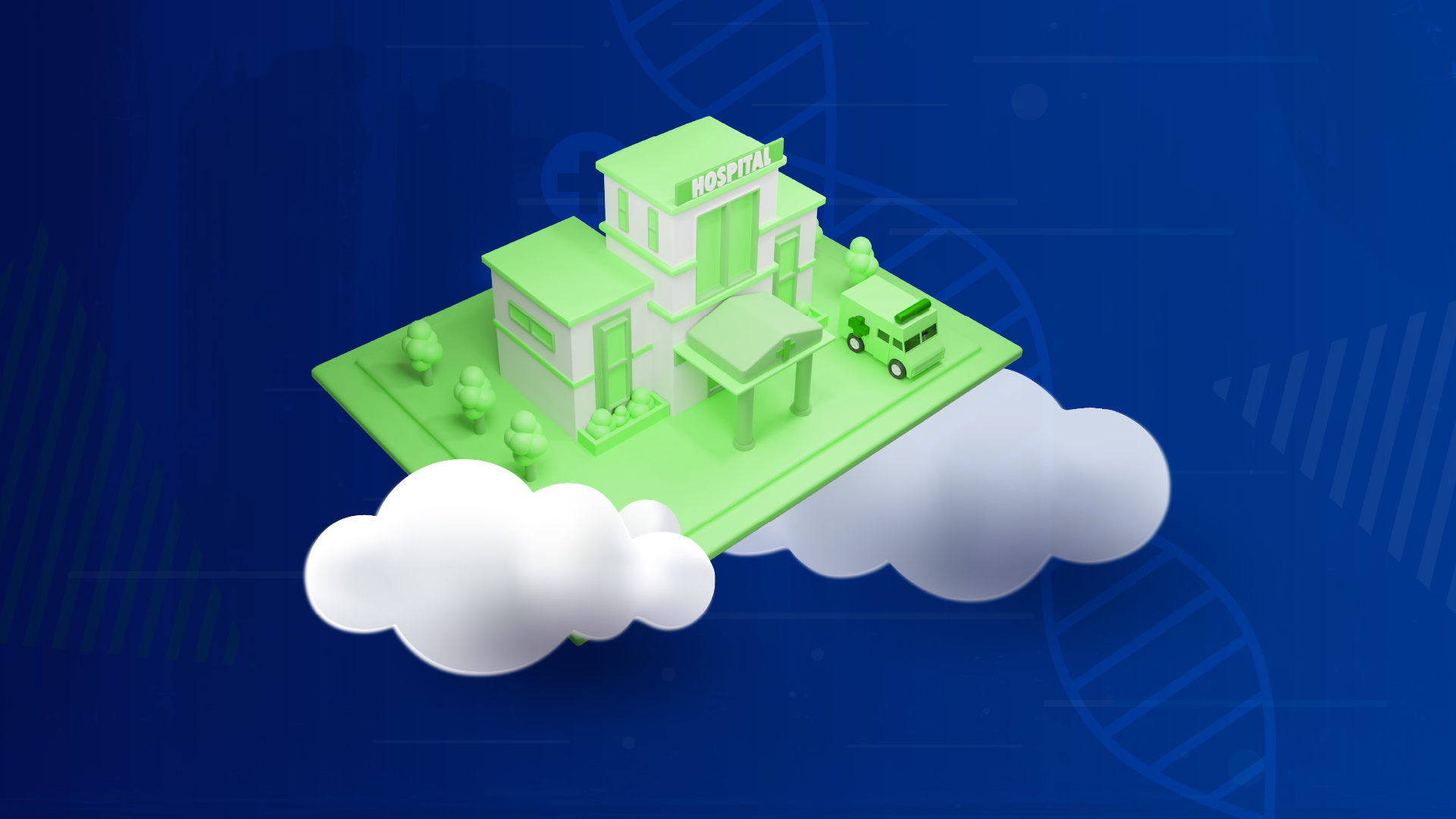Virtual Reality and Autism: The Promising Potential of VR for Autism
Autism Spectrum Disorder (ASD) is a complex neurodevelopmental disorder that affects communication, social interaction, and behavior.People with ASD can find it challenging to navigate real-world situations due to sensory overload, anxiety, and difficulty with social cues
Virtual Reality technology has emerged as a potential tool to help people with Autism Spectrum Disorder (ASD). In this blog, we will explore the features, benefits, and potential of VR technology for autism.
Features of VR Technology for Autism:
VR technology creates an immersive, interactive environment that can be customised to meet the needs of individuals with ASD. The following are some of the features of VR technology for autism:
Customizable Settings: VR can be customised to control the level of sensory input, such as sound, light, and motion. This allows individuals with ASD to gradually adjust to new environments and reduce anxiety.
Social Skills Training: VR technology can simulate social scenarios, such as job interviews, and public speaking, to help individuals with ASD develop social skills.
Sensory Integration Therapy: Virtual reality can provide sensory integration therapy by exposing individuals with ASD to different sounds, textures, and movements in a safe, controlled environment.
Interactive Games: VR can provide individuals with ASD with an interactive and engaging experience that promotes learning and skill-building.
Benefits of VR Technology for Autism:
Safe Environment: VR technology provides a safe and controlled environment that allows individuals with ASD to explore and learn without the risk of real-world consequences.
Customizable Learning: It can be customised to meet the unique needs of each individual with ASD, allowing for personalised learning and therapy.
Reduced Anxiety: VR can help individuals with ASD reduce anxiety and stress by providing a gradual exposure to new environments and sensory stimuli.
Visual Learning: Individuals with autism are often visual learners, and VR technology can provide a highly visual and interactive learning experience.
Virtual Reality Vs Traditional method for autism
| Benefits | Virtual Reality | Traditional Methods |
| Engagement | Can create immersive environments that capture attention and maintain engagement for longer periods of time | May struggle to keep individuals with autism engaged in traditional therapy |
| Control | Can be tailored to the individual’s needs and pace, allowing for greater control over the therapy experience | Limited ability to customise the therapy experience for each individual |
| Sensory Integration | Can provide controlled sensory experiences to help with sensory integration difficulties, such as exposure to loud noises or bright lights | May be challenging to recreate certain sensory experiences in traditional therapy |
| Real-World Skills | Can provide simulated environments for practising real-world skills, such as social interaction, without the pressure of the actual situation | May be difficult to simulate real-world situations in traditional therapy |
| Cost-Effective | Can be more cost-effective over time, as virtual therapy sessions can be done remotely, saving time and transportation costs | May require more resources for in-person traditional therapy sessions |
In conclusion, the use of VR technology has the potential to be a powerful tool in therapy for individuals with autism. The controlled environment, repetitive practice, reduced anxiety, and visual learning offered by VR can be particularly beneficial for individuals with autism who struggle with social and communication skills. As VR technology continues to develop and improve, it holds promise as a powerful tool for individuals with ASD to overcome their challenges and reach their full potential.
DevDen is a VR/AR company that specialises in creating healthcare solutions using immersive technologies. By combining virtual and augmented reality, we offer a range of healthcare solutions designed to improve medical training and patient outcomes.





 Arabic
Arabic Dutch
Dutch English
English French
French German
German Italian
Italian Japanese
Japanese Russian
Russian Spanish
Spanish